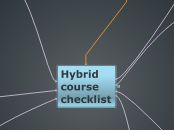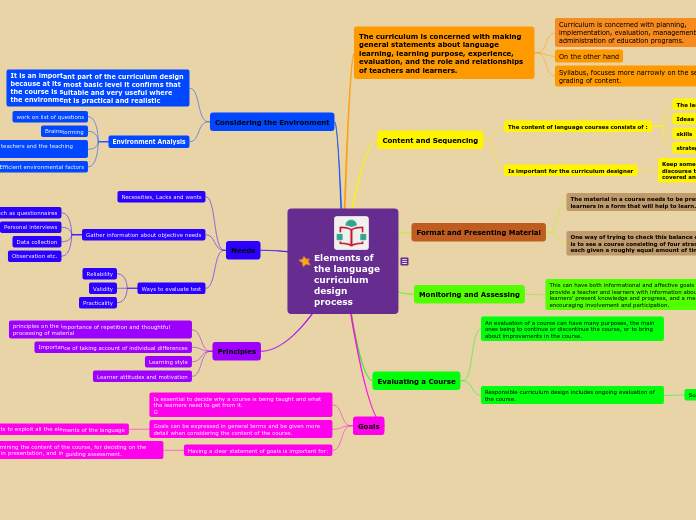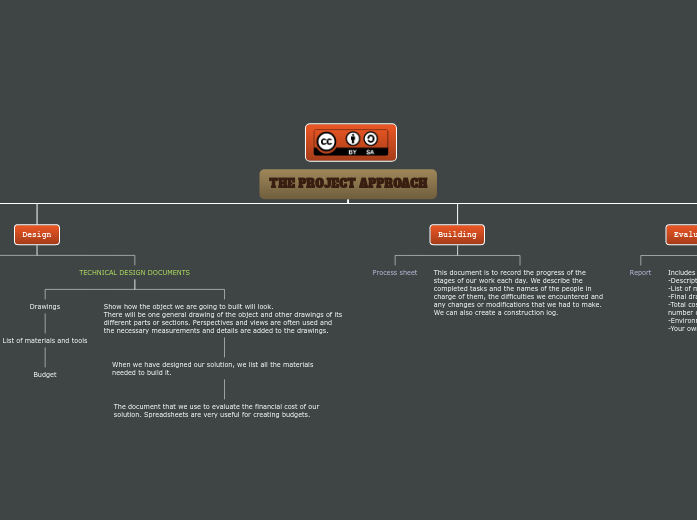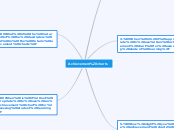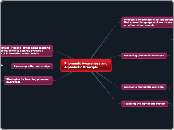realizată de Anita Jankovic 11 ani în urmă
406
Learning Inventory framework
The document outlines a comprehensive approach for designing and evaluating hybrid courses. It emphasizes the alignment of assessment modes with course objectives and activities, employing multiple measures such as papers, quizzes, and discussions.
